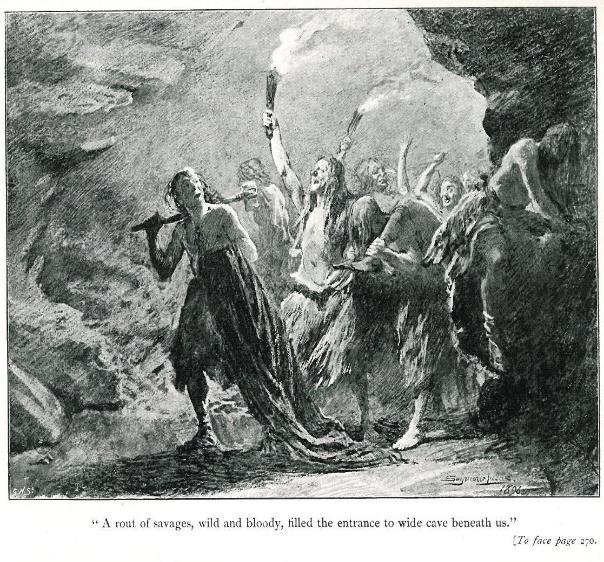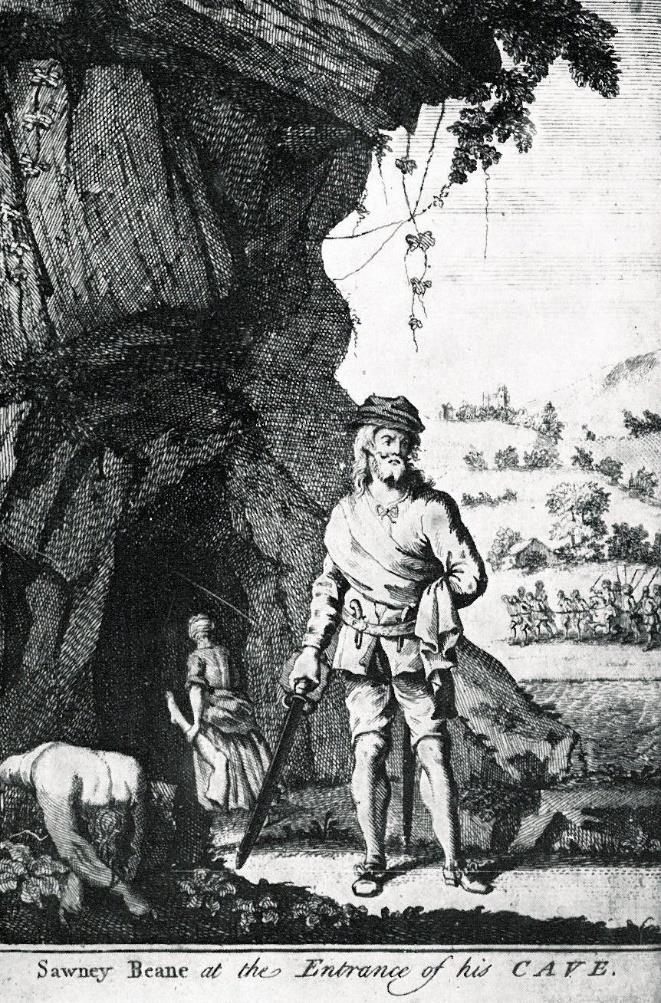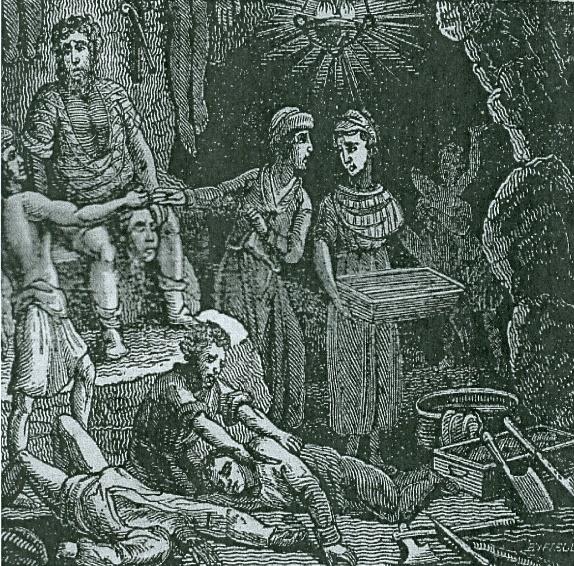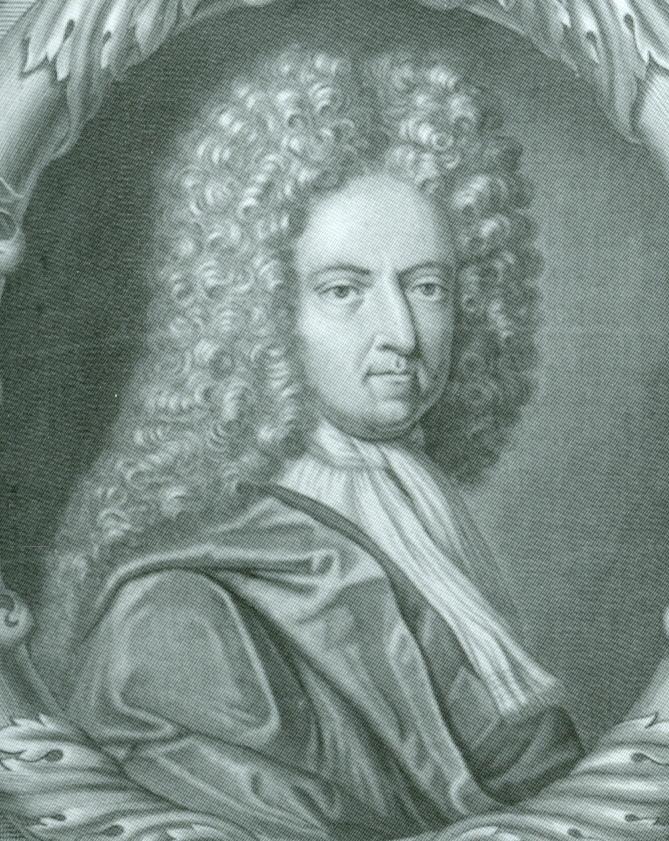Scottish Lore
South Ayrshire Council is the Local Authority covering the
https://southayrshirehistory.wordpress.com/2015/10/27/sawney-bean-ayrshires-favourite-cannibal/
Allan MacBain MBCS
Associate Genealogist, Clan MacBean.
On a ledge of rock jutting out high on a cave wall, four figures lie motionless, hoping to remain unseen in their hiding place. The setting is Ayrshire’s rocky Carrick coast in the early 1600s, and the fugitives are young Launce Kennedy of Kirrieoch, his friend the schoolmaster of Maybole, and the two daughters of the Laird of Culzean. Escaping by boat after the rescue of the older girl from her abductors, and pursued through night and mist by hostile vessels, they have sought refuge in a cave at the foot of the sea-cliffs of Bennane Head. Now they realize that in evading their pursuers they have only stumbled into much greater peril. Flaming torches light up the cave, and the four on the ledge peer down to see that a rabble of men, women and children have entered, ragged and disheveled, some carrying sacks. They set a fire, and its light reveals rows of human limbs, shrunken and smoke-blackened, hanging from the ceiling. There are vats in which parts of boiled torsos are visible, and the sacks which have just been brought in are full of freshly-butchered body parts. Then a huge hulking figure fills the entrance, silencing the jabbering horde with a voice like a beast’s growl. It has become shockingly clear that the tales of a creature – part man, part monster – who haunts the vicinity of the headland are true. Travelers who have mysteriously vanished from the lonely road which passes nearby have met a terrible fate. This is the abode of Sawney Bean and his cannibal family!
The cave of Sawney Bean as depicted in one of the illustrations by Seymour Lucas to the 1896 first edition of S. R. Crockett’s The Grey Man. Illustrator Mary Byfield engraved this imagining of the cave of Sawney Bean for an 1825 ‘penny dreadful’. Sawney himself approaches the rough steps hewn in the rock which ead up to the ledge. It is from here that he presides over the feasting, and now the intruders must be discovered. Launce draws his knife and turns to his sweetheart, the younger girl Nell. She understands, and keeps her eyes fixed on his as she bares her neck to receive the mercy blow. Her sister Marjorie already has a blade in her hand, ready to take her own life.  Read More
Read More
 Suddenly an ear-splitting, mind-numbing unearthly howl fills the cavern. The schoolmaster is an enthusiastic performer on his set of Highland bagpipes, which he happens to have with him. Keeping to the shadows, he has stealthily risen to his feet and made ready. Now the skirling pibroch he unleashes, amplified by a hollow behind the ledge, echoes round the rocky walls. The cannibals flee in terror without a backward glance, never doubting for a second that all the demons of Hell have come to claim them. Hard on their heels follow Launce and his companions, and in the confusion they emerge unseen from the cave and slip away into the darkness. The secret of the cannibals’ lair has been discovered, and it will not be long before retribution will overtake them. An expedition led by the king himself will result in their capture and summary execution. This is an episode from a work of fiction, The Grey Man by Samuel Rutherford Crockett, published in 1896. The tale of ‘Sawney’ (Sandy – Alexander) Bean first appears in broadsheets printed in England in the early years of the 18th century. It was subsequently included in collections of accounts of executions, murders, pirate attacks and other gruesome stories which proved highly popular and went through many reprints. Daniel Defoe, who would become best known for his novel Robinson Crusoe, is thought to have been significantly involved in the writing and collection of such tales. Defoe was in Scotland as a government spy and propagandist at the time of the 1707 parliamentary union, and it has been suggested that he was Sawney’s creator. The remote cave which becomes the cannibal’s lair is given a vague location somewhere in the south west of Scotland. Sceptics who question whether Sawney ever existed point out that a great deal had been Sawney Bean as he appears in an 18th century broadsheet. written about the history, legends and folklore of south west Scotland in general and Carrick in particular before 1896, and that not one word about him is to be found in any of it. When S. R. Crockett set out to write a novel based on the Carrick bloodfeuds of the 1600s, he decided to weave the legend of Sawney Bean into the plot, and this meant pinning down the hitherto vague location of his cave to the coast between Girvan and Ballantrae.
Suddenly an ear-splitting, mind-numbing unearthly howl fills the cavern. The schoolmaster is an enthusiastic performer on his set of Highland bagpipes, which he happens to have with him. Keeping to the shadows, he has stealthily risen to his feet and made ready. Now the skirling pibroch he unleashes, amplified by a hollow behind the ledge, echoes round the rocky walls. The cannibals flee in terror without a backward glance, never doubting for a second that all the demons of Hell have come to claim them. Hard on their heels follow Launce and his companions, and in the confusion they emerge unseen from the cave and slip away into the darkness. The secret of the cannibals’ lair has been discovered, and it will not be long before retribution will overtake them. An expedition led by the king himself will result in their capture and summary execution. This is an episode from a work of fiction, The Grey Man by Samuel Rutherford Crockett, published in 1896. The tale of ‘Sawney’ (Sandy – Alexander) Bean first appears in broadsheets printed in England in the early years of the 18th century. It was subsequently included in collections of accounts of executions, murders, pirate attacks and other gruesome stories which proved highly popular and went through many reprints. Daniel Defoe, who would become best known for his novel Robinson Crusoe, is thought to have been significantly involved in the writing and collection of such tales. Defoe was in Scotland as a government spy and propagandist at the time of the 1707 parliamentary union, and it has been suggested that he was Sawney’s creator. The remote cave which becomes the cannibal’s lair is given a vague location somewhere in the south west of Scotland. Sceptics who question whether Sawney ever existed point out that a great deal had been Sawney Bean as he appears in an 18th century broadsheet. written about the history, legends and folklore of south west Scotland in general and Carrick in particular before 1896, and that not one word about him is to be found in any of it. When S. R. Crockett set out to write a novel based on the Carrick bloodfeuds of the 1600s, he decided to weave the legend of Sawney Bean into the plot, and this meant pinning down the hitherto vague location of his cave to the coast between Girvan and Ballantrae.
Regardless of the complete lack of historical evidence for Sawney’s existence, and the likelihood that it was Crockett who brought him to Carrick in his 1896 novel, his tale has gone on to achieve world-wide notoriety, and is now an established part of the folklore of the area in which Crockett located it. Present-day Ordnance Survey maps designate a deep cleft in the cliffs on the edge of the little bay of
Balcreuchan Port, which seems to the best fit for Crockett’s description, as Sawney Bean’s Cave’.

